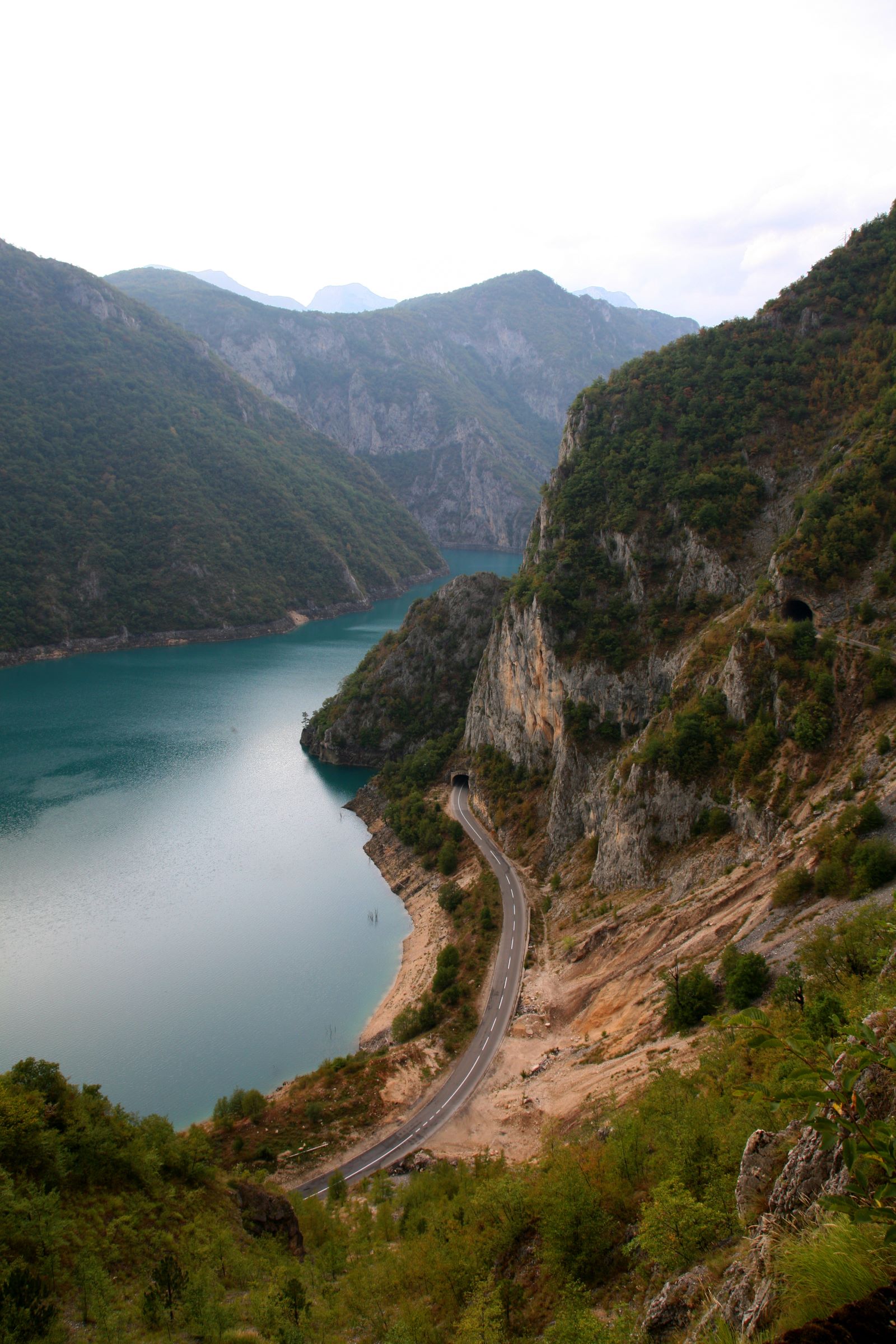
ads across the region have suffered from a lack of investment and neglect over the recent past decades. The consequences are serious: poor service for users with a particular adverse impact on more remote communities, excessive journey times, holds-ups from temporary cheap fixes, higher levels of accidents and a poor offer for tempting business and inward investment. It adds up to a deleterious effect on both the economy and social wellbeing.
All governments of the WBIF beneficiaries have embarked on the programme of road upgrade and WBIF is involved in supporting many of the new or improvement schemes. Two particular WBIF supported projects in neighbouring countries, Bosnia and Herzegovina and Montenegro, are linked with a common border crossing. The connecting road is the shortest connecting line between the two capitals: Sarajevo and Podgorica. The road is on the SEETO (South East Europe Transport Observatory) Core Road Network and is designated as E route (E762). The technical assistance support in Montenegro covers the road upgrade between Scepan Polje, on the border, and Pluzine. In Bosnia and Herzegovina the project deals with the road upgrade between Brod na Drini (Foca) and Hum on the border (see TA-BIH-06). Both sections are in a very poor state and suffer from severely inferior safety levels.
The two linked projects deal with preparation studies for the main road link between the two countries that make up the shortest route between the respective capitals and then leads on to Tirana. The two sections meet at the border crossing over the river Drina.
The WBIF supported technical assistance work was made up of two phases: Phase I covered the route and border crossing options and pre-feasibility assessments; Phase II covered more detailed technical investigations, topographical, geological, geotechnical, road and tunnel engineering and environmental impact, together with economic viability reporting. The design for a new bridge at the border crossing was also part of Phase II.
The potential benefits are revealed in the Bosnia and Herzegovina study: the 20 km long road on the Bosnia and Herzegovina side will be used daily by some 1,600 vehicles, transporting 4,000 passengers. Additionally, it will attract more than 100 trucks per day which currently are unable to use this route at all. Reconstruction is expected to provide annual savings of EUR 6 million from vehicle operating costs, EUR 5 million from travel time, EUR 0.5 million from traffic accidents and significant road maintenance savings. New traffic is also expected to bring EUR 1.5 million of economic benefits. Similar benefits will accrue to Montenegro.
As well as directly improving road safety and reducing travel time, the upgrade should also bring broader regional benefits: social and wider economic opportunities together with the greater community and international cohesion.
| WBIF | Grant | TA2-MNE-TRA-03 | € 150,000 |
| WBIF | Grant | TA3-MON-TRA-01 | € 550,000 |
| WBIF | Grant | WB12-MNE-TRA-01 | € 4,271,692 |
| EBRD | Loan | € 45,000,000 | |
| Other Sources | External Grant | € 15,000,000 | |
| Total | € 64,971,692 | ||
| Total Grants | € 4,971,692 | ||
| Total Loans | € 45,000,000 | ||